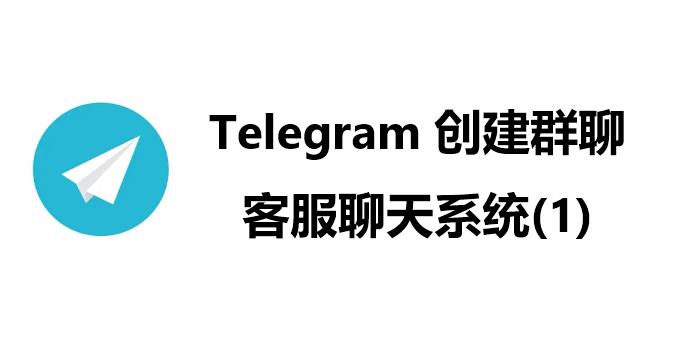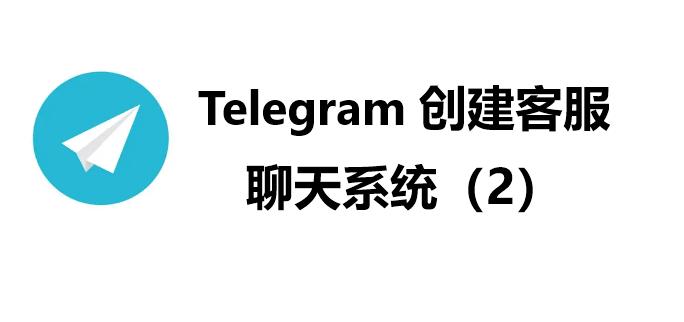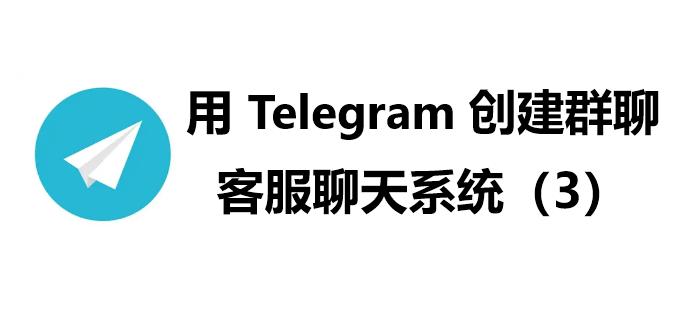第七篇:智能化客服——引入 AI 自动回复
在上一部分,我们实现了多客服的任务分配和状态管理功能。本篇将进一步扩展,整合 AI 自动回复功能,帮助客服系统更高效地处理简单问题,从而减少人工负担,提高响应速度。
推荐正在找工作的朋友们:
就业指导 或 面试指导 (不是机构)
公众号:Java直达Offer
微信:

1. 为什么需要智能客服?
在实际客服场景中,大量问题是重复性、模板化的,例如:
- 常见问题解答(FAQ)
- 产品信息查询。
- 基础操作指导。
引入智能化客服的好处:
- 节省人力:减少客服对简单问题的处理时间。
- 提高效率:即时响应客户问题,提高客户满意度。
- 提升用户体验:机器人可以 7x24 小时在线。
2. 智能客服设计思路
我们计划将 AI 自动回复功能集成到现有客服系统中,实现以下功能:
- 问题分类:识别问题是否为简单问题。
- 模板化回复:根据问题类型生成快速响应。
- 人工介入:对于无法识别或复杂问题,转交人工客服。
2.1 实现问题分类
我们使用 关键词匹配 和 自然语言处理 (NLP) 技术来识别问题类型:
- 关键词匹配:快速实现,用于识别显式问题,如“价格是多少?”。
- NLP:通过 AI 模型分析问题语义,用于处理更复杂的用户表达。
实现代码:关键词匹配
1
2
3
4
5
6
7
8
9
10
11
12
13
14
15
16
17
|
private final Map<String, String> predefinedResponses = new HashMap<>() {{
put("价格", "我们的产品价格范围是100-500元,具体请告知您需要的型号。");
put("发货", "我们发货时间通常为2-3天,物流支持全国配送。");
put("保修", "所有产品支持一年质保,详情请联系人工客服。");
}};
private String getPredefinedResponse(String question) {
for (String keyword : predefinedResponses.keySet()) {
if (question.contains(keyword)) {
return predefinedResponses.get(keyword);
}
}
return null;
}
|
当客户发送问题时,机器人先尝试使用关键词匹配自动回复:
1
2
3
4
5
6
7
8
9
10
11
12
| private void handleCustomerMessage(Long customerChatId, String question) {
String response = getPredefinedResponse(question);
if (response != null) {
sendReplyToCustomer(customerChatId, "自动回复:" + response);
} else {
forwardToAllocatedCustomerService(customerChatId, question);
}
}
|
2.2 高级实现:引入 NLP
关键词匹配的缺点是无法识别语义相近的问题。为此,可以引入 NLP 模型,例如使用 OpenAI 的 GPT 或 ChatGPT API。
集成 ChatGPT API 的代码示例:
1
2
3
4
5
6
7
8
9
10
11
12
13
14
15
16
17
18
19
20
21
22
23
24
25
26
27
28
29
30
31
32
33
34
| import okhttp3.*;
import org.json.JSONObject;
private static final String OPENAI_API_KEY = "your-openai-api-key";
private static final String OPENAI_API_URL = "https://api.openai.com/v1/completions";
private String getAIResponse(String question) throws IOException {
OkHttpClient client = new OkHttpClient();
JSONObject requestBody = new JSONObject();
requestBody.put("model", "text-davinci-003");
requestBody.put("prompt", "客户问题:" + question + "\n请生成适当的回复:");
requestBody.put("temperature", 0.7);
requestBody.put("max_tokens", 150);
Request request = new Request.Builder()
.url(OPENAI_API_URL)
.header("Authorization", "Bearer " + OPENAI_API_KEY)
.post(RequestBody.create(
requestBody.toString(),
MediaType.parse("application/json")
))
.build();
try (Response response = client.newCall(request).execute()) {
if (response.isSuccessful() && response.body() != null) {
JSONObject jsonResponse = new JSONObject(response.body().string());
return jsonResponse.getJSONArray("choices").getJSONObject(0).getString("text").trim();
}
}
return "抱歉,我无法理解您的问题,请联系人工客服。";
}
|
在 handleCustomerMessage 方法中集成:
1
2
3
4
5
6
7
8
9
10
11
12
13
14
15
16
17
18
| private void handleCustomerMessage(Long customerChatId, String question) {
String response;
try {
response = getAIResponse(question);
} catch (IOException e) {
response = null;
}
if (response != null && !response.isEmpty()) {
sendReplyToCustomer(customerChatId, "智能客服:" + response);
} else {
forwardToAllocatedCustomerService(customerChatId, question);
}
}
|
3. 客服问题交接
如果机器人无法解决客户问题,需要无缝交接到人工客服,并标记该问题来源于机器人未解决的内容。
1
2
3
4
5
6
7
8
9
10
11
| private void forwardToHumanService(Long customerChatId, String question) {
Long allocatedCustomerServiceId = allocateCustomerService();
if (allocatedCustomerServiceId != null) {
String message = "【机器人未解决问题】\n客户 ID: " + customerChatId + "\n问题: " + question;
sendMessageToCustomerService(allocatedCustomerServiceId, message);
} else {
sendReplyToCustomer(customerChatId, "当前没有在线客服,请稍后再试!");
}
}
|
4. 数据记录与优化
4.1 数据记录
为优化智能客服的性能,我们需要记录以下信息:
问题分类:记录每种类型问题的处理数量。
解决率:统计机器人解决问题的比例。
未解决问题:分析未解决问题的类型,优化自动回复策略。
可以使用简单的数据库(如 MySQL)存储:
1
2
3
4
5
6
7
8
9
| CREATE TABLE customer_questions (
id BIGINT AUTO_INCREMENT PRIMARY KEY,
customer_id BIGINT NOT NULL,
question TEXT NOT NULL,
is_resolved BOOLEAN NOT NULL,
resolved_by ENUM('robot', 'human') NOT NULL,
created_at TIMESTAMP DEFAULT CURRENT_TIMESTAMP
);
|
在处理客户问题时,记录日志:
1
2
3
4
| private void logCustomerQuestion(Long customerChatId, String question, boolean isResolved, String resolvedBy) {
}
|
4.2 性能优化
批量处理:如果客户问题量大,可以将请求批量发送到 AI 模型,提高效率。
缓存常见问题:对常见问题的自动回复结果进行缓存,减少调用次数。
总结
通过整合 AI 自动回复和多客服任务分配,我们的客服系统实现了:
- 智能化客户问题响应。
- 客服问题分类和高效分配。
- 数据记录与分析,持续优化系统性能。
在下一篇中,我们将探索如何实现 客服系统的实时统计和监控,为管理员提供可视化管理工具,敬请期待!








